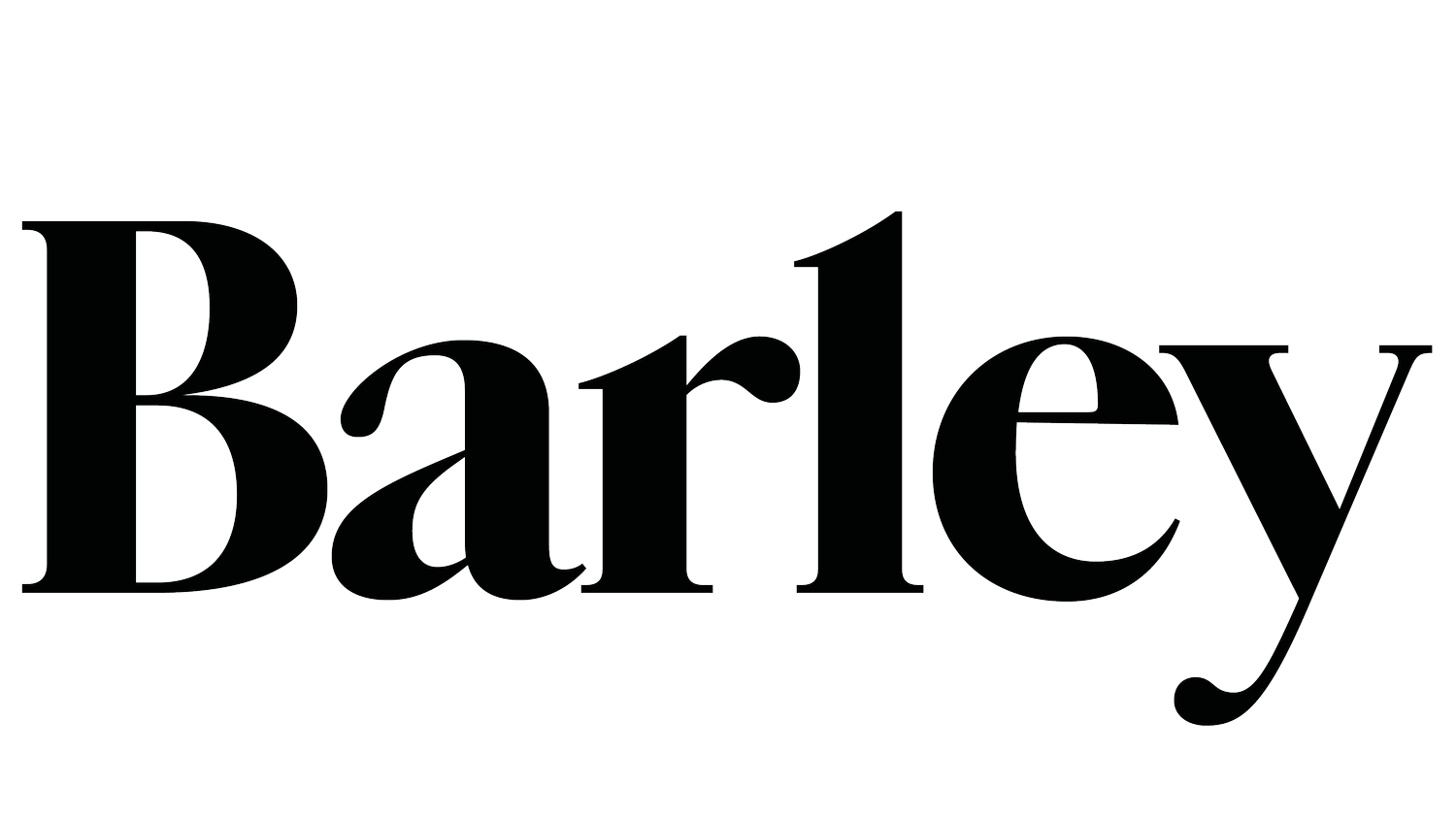The mystery of the world’s ‘oldest whisky’
When 40 ancient bottles of whisky were found in a dusty Perthshire cellar last year, a race to reveal the true provenance and value of this precious haul began. Nick Morgan turns whisky sleuth to uncork the truth about this controversial consignment
Sign up to read this post
Join Now
